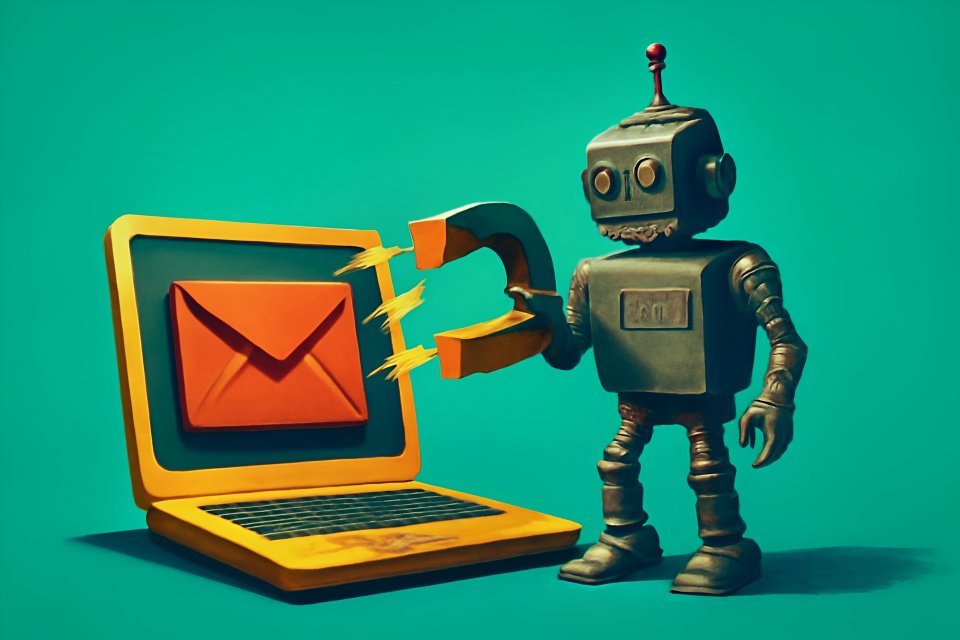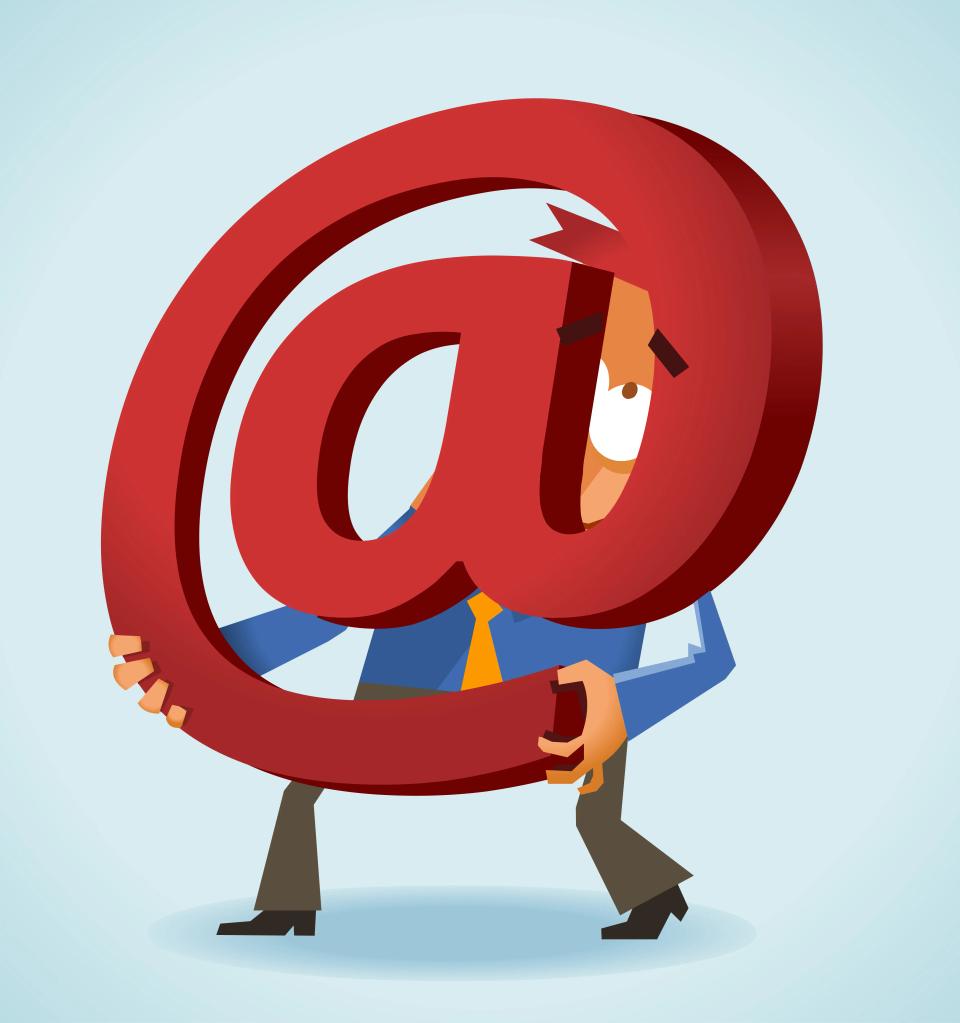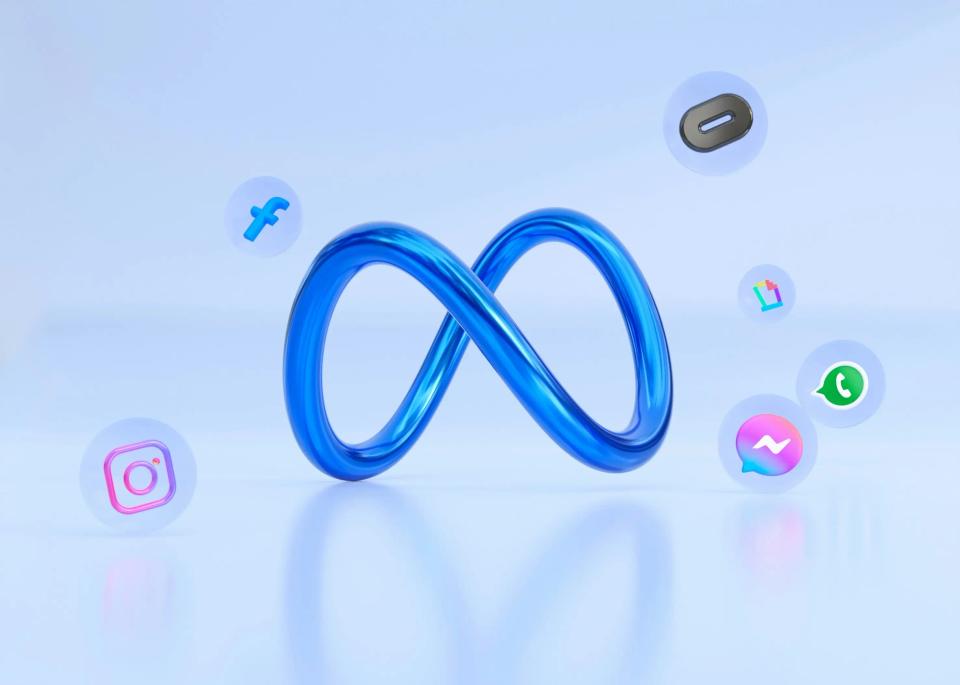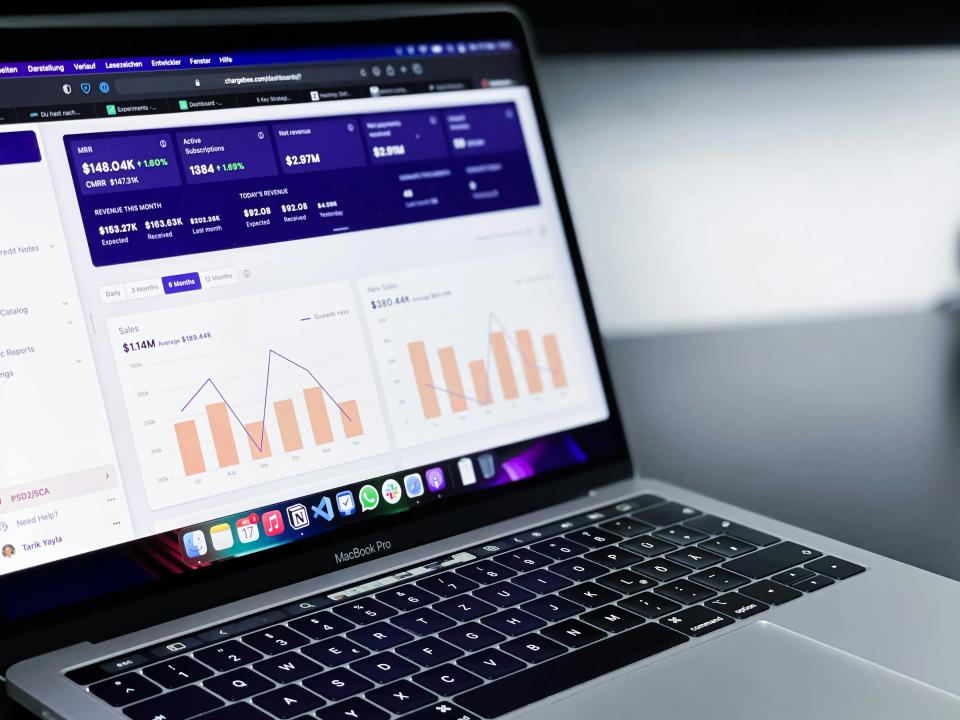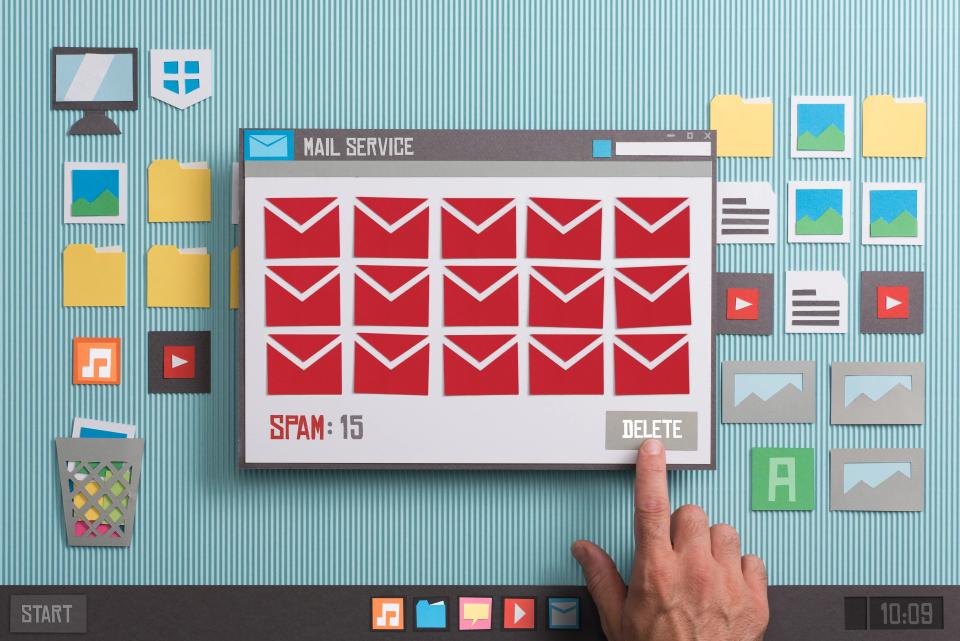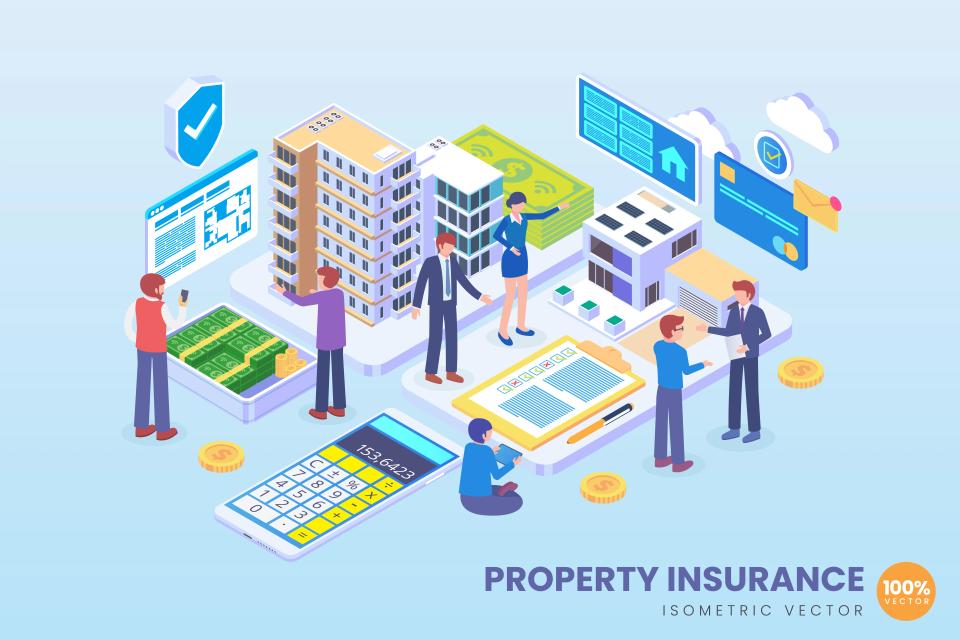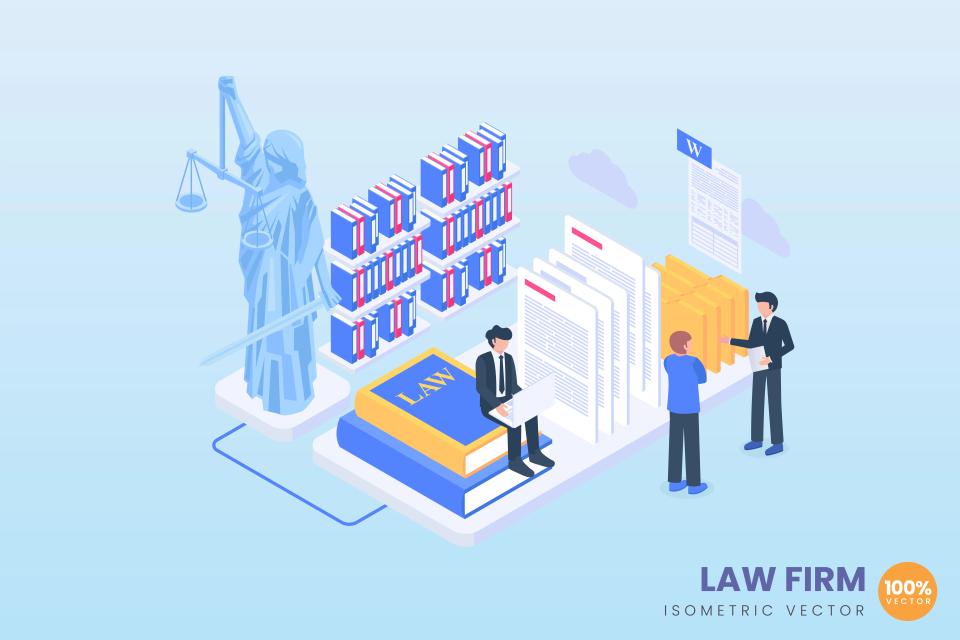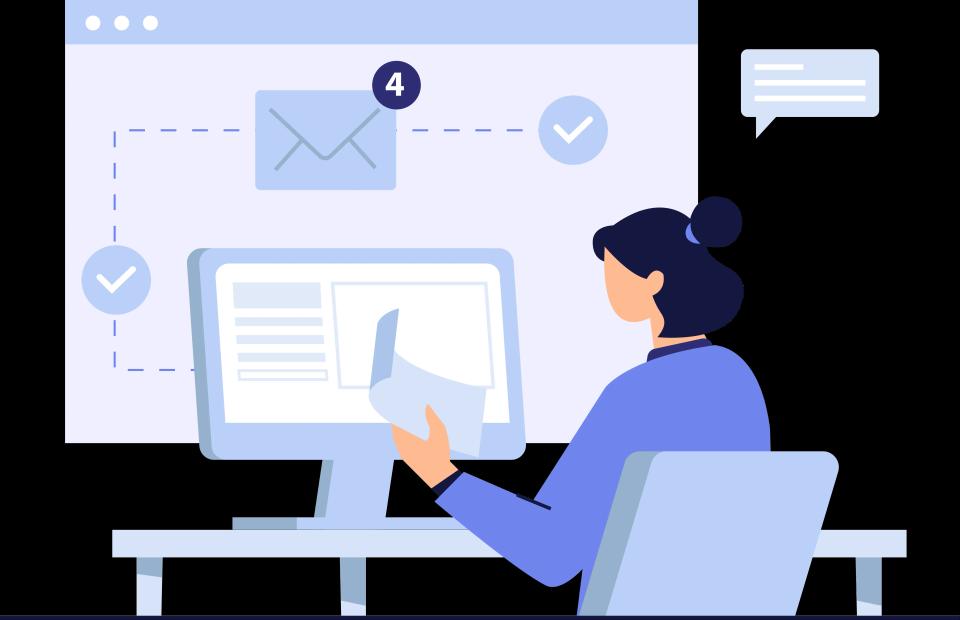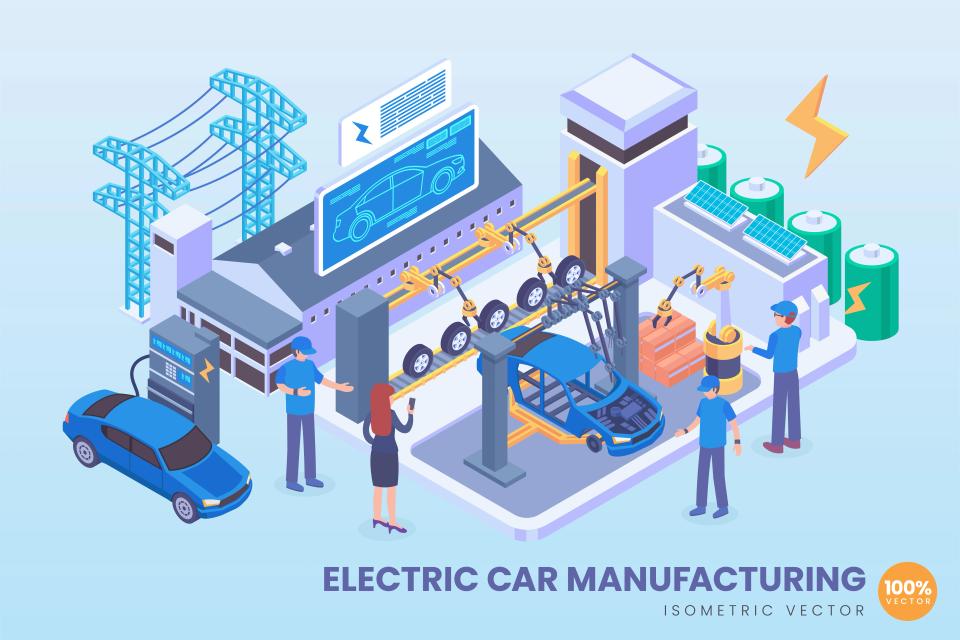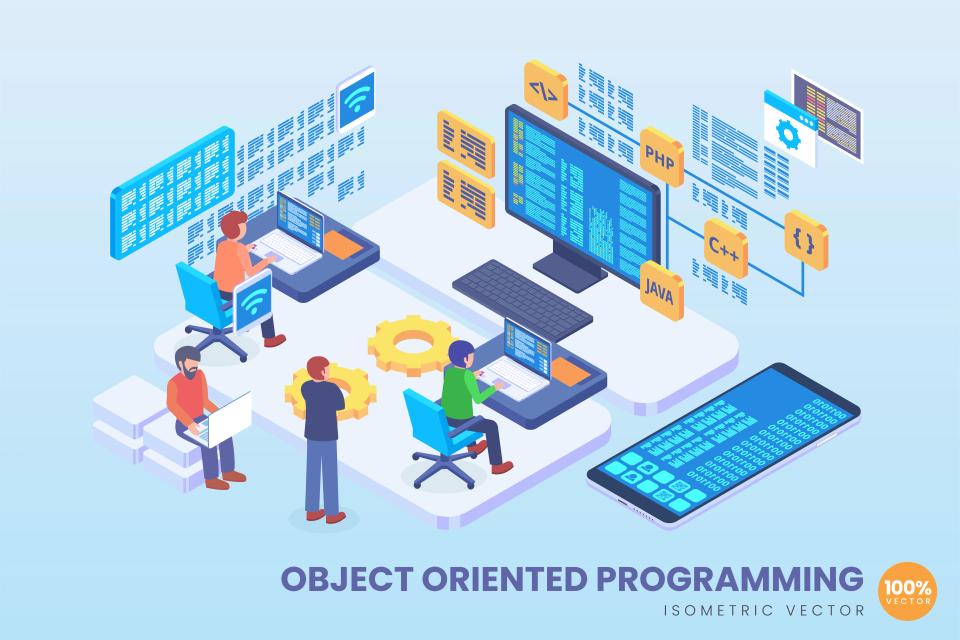Are your emails gathering digital dust in a crowded inbox? You spend hours crafting the perfect message, hit send, and then… crickets. That sinking feeling is all too familiar for marketers who are still shouting into the void with one-size-fits-all email blasts.
The game has changed. The challenge isn't just to automate your emails; it's to automate with a genuine, human touch. The solution is a powerful fusion of smart automation and deep personalization, turning cold, anonymous leads into engaged, loyal customers who feel seen and understood.
This guide is your new playbook. Forget generic advice. We are about to walk through a step-by-step framework for building sophisticated, personalized lead nurturing workflows that actually work. You will learn how to capture the right data, segment your audience with precision, and deliver content that builds trust and drives unstoppable conversions.
The Power of Personalized Email Automation Strategies
Let’s cut straight to the chase. Why should you obsess over personalization? Because personalized emails deliver six times higher transaction rates, yet a staggering 70% of brands fail to use them effectively. This isn't just a missed opportunity; it's a gaping hole in your revenue strategy.
True personalization goes far beyond dropping a [First Name] token into your subject line. It’s about delivering content that is profoundly relevant to your user's needs, actions, and desires. When you show a lead that you understand their specific challenges, you don't just get a click; you earn their attention and their trust. This is the foundation of all effective email marketing campaign strategies.
This is how you guide leads through your sales funnel with surgical precision. Instead of a generic newsletter, they receive timely information that directly addresses their pain points and proves you have the solution. According to Madison Logic, this requires balancing automation with personalization to ensure your messages feel helpful, not robotic.
The ultimate benefit? You get to nurture thousands of leads with the same care as a one-on-one conversation, 24/7. You automate the process, not the relationship. This frees up your time and scales your efforts, creating a powerful engine for growth that works for you even while you sleep.
Before You Automate, You Must Aggregate: Fueling Your Strategy with Data
Personalization is a promise you can't keep without the right fuel. That fuel is data—clean, actionable, and insightful data. Without it, your automation is just a faster way to send irrelevant messages.
Smart Lead Capture Forms
Your strategy begins the moment a lead enters your world. Your lead capture forms must be smarter than just asking for a name and email. Ask one or two strategic questions that reveal intent: What is your biggest challenge? What is your company size? What is your role? As LeadsBridge points out, this initial data is crucial for enriching your personalization capabilities from day one.
Website Behavior Tracking
What a lead does on your site speaks louder than what they say on a form. Are they lingering on your pricing page? Did they download an ebook about a specific service? Tracking this "digital body language" with tools like HubSpot or ActiveCampaign gives you a direct window into their mind, revealing their interests and level of intent. This is the secret to delivering the right message at the right time.
CRM & Purchase Data Integration
Finally, you must break down the silos between your marketing, sales, and customer data. Integrating your email platform with your CRM is non-negotiable. This allows you to leverage a complete history of every interaction—past purchases, support tickets, and sales conversations—to create a truly 360-degree view of your lead. This rich data is the foundation for the most powerful AI-powered lead generation tools and techniques that fill your funnel with prospects ready for nurturing.
How to Build Personalized Email Campaigns That Convert: A Step-by-Step Guide
With your data foundation in place, it’s time to build the machine. This is where strategy meets execution. Follow these steps to construct automated workflows that feel less like a machine and more like a helpful guide.
Step 1: Master Segmentation
Segmentation is the art of dividing your broad audience into smaller, smarter groups based on shared characteristics. This is the engine of personalization. Stop thinking of your email list as one entity and start seeing it as a collection of distinct individuals with unique needs.
You can segment your audience in several powerful ways. Use demographic data like industry, job title, or location. More importantly, use behavioral data: segment users who visited the pricing page, downloaded an ebook on "Local SEO," or abandoned a shopping cart. As Pixc highlights, you can even use psychographic segmentation based on interests and values to create messages that truly connect.
Finally, segment by lifecycle stage. A brand-new subscriber needs a different message than a Marketing Qualified Lead (MQL) who is ready for a product-focused email. These foundational step-by-step email marketing automation techniques are essential before you can apply more advanced personalization.
Step 2: Map the Lead's Journey
Now, visualize the path you want your lead to take. A journey map is a simple flowchart that outlines the triggers and emails a lead will receive. This ensures every message builds on the last, creating a cohesive and persuasive narrative.
Imagine a user downloads your "Ultimate Guide to On-Page SEO." This action is the trigger. Your workflow could look like this:
- Email 1 (Immediate): Deliver the ebook and thank them. The trigger is:
User completes 'SEO Ebook' form. - Email 2 (2 days later): "Did you find Chapter 3 useful? Here's a case study on how we improved a client's ranking with those exact techniques."
- Email 3 (4 days later): "Ready to put theory into practice? Here's a checklist for auditing your own On-Page SEO."
- Email 4 (7 days later): A soft call-to-action: "If you'd like an expert to review your site, book a free consultation with our SEO team."
Step 3: Craft Hyper-Personalized Content with Dynamic Blocks
This is where you go beyond the first name. Dynamic content allows you to change specific blocks of content within a single email based on the data you have about the recipient. It’s like having a chameleon in your email template.
For example, you can send one email campaign that shows different content to different segments. A lead from the e-commerce industry will see e-commerce case studies and testimonials. A lead from the B2B SaaS world will see content relevant to their industry. This ensures every single person receives an email that feels like it was crafted just for them.
Elevate Your Strategy: Expert Tips for Maximum Impact
You’ve built the foundation. Now it’s time to fine-tune your engine for peak performance. These advanced tactics separate the amateurs from the pros and will dramatically increase your impact.
Implement Lead Scoring
Not all leads are created equal. Lead scoring is a system that assigns points to leads based on their actions and attributes. For instance, you might assign +10 points for visiting the pricing page, +5 for opening an email, and +20 for requesting a demo. Once a lead reaches a certain score, you can automatically trigger an alert for your sales team to reach out personally.
A/B Test Your Workflows
Never assume your first draft is the best one. A/B testing is critical, but don't just test subject lines. Test the number of emails in your sequence, the timing between sends, the offers you make, and the tone of your copy. As Campaign Creators advises, this continuous optimization is a secret weapon for scaling lead nurturing effectively.
Maintain a Human Touch
Remember, you are talking to a person. Write your emails in a conversational, authentic voice that reflects your brand. Encourage replies and have a real person ready to respond. The goal of automation is to handle the repetitive tasks so you can focus on building genuine, long-term B2B relationships.
Create Re-Engagement Campaigns
What about leads that have gone cold? Don't give up on them. Build automated re-engagement campaigns designed to win back inactive subscribers. A simple workflow triggered by inactivity (e.g., no opens in 90 days) can send a special offer, a valuable piece of content, or a simple "Are we still a good fit?" email to bring them back into the fold.
Your Next Steps in Personalized Automation
The era of the mass email blast is officially over. The power of modern email marketing is not in its reach, but in its relevance. It’s about using smart automation to deliver highly personalized, timely, and valuable experiences at scale.
It all starts with data. It is executed through intelligent segmentation and dynamic content. And it is perfected through relentless testing and a commitment to maintaining a human touch. The ultimate goal is to make every single lead feel like they are your only lead.

